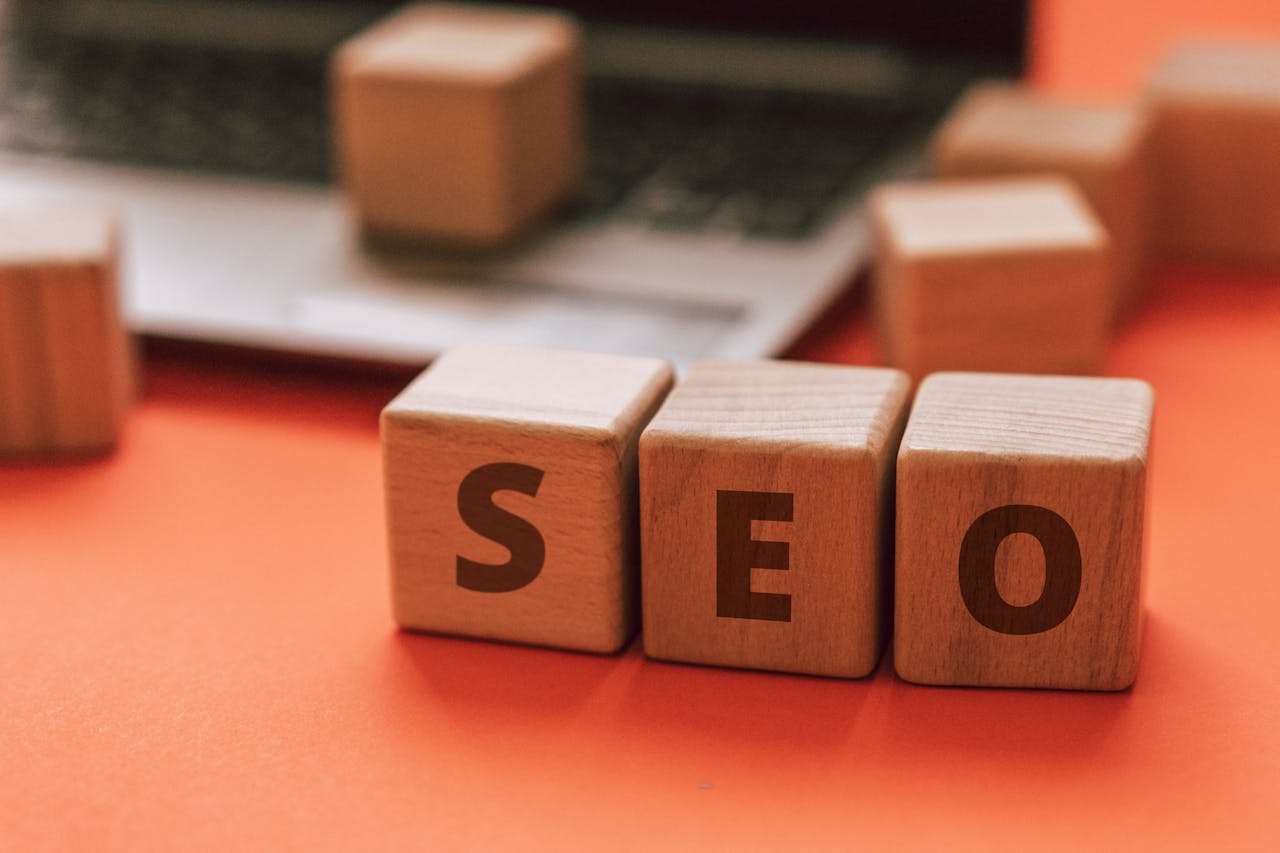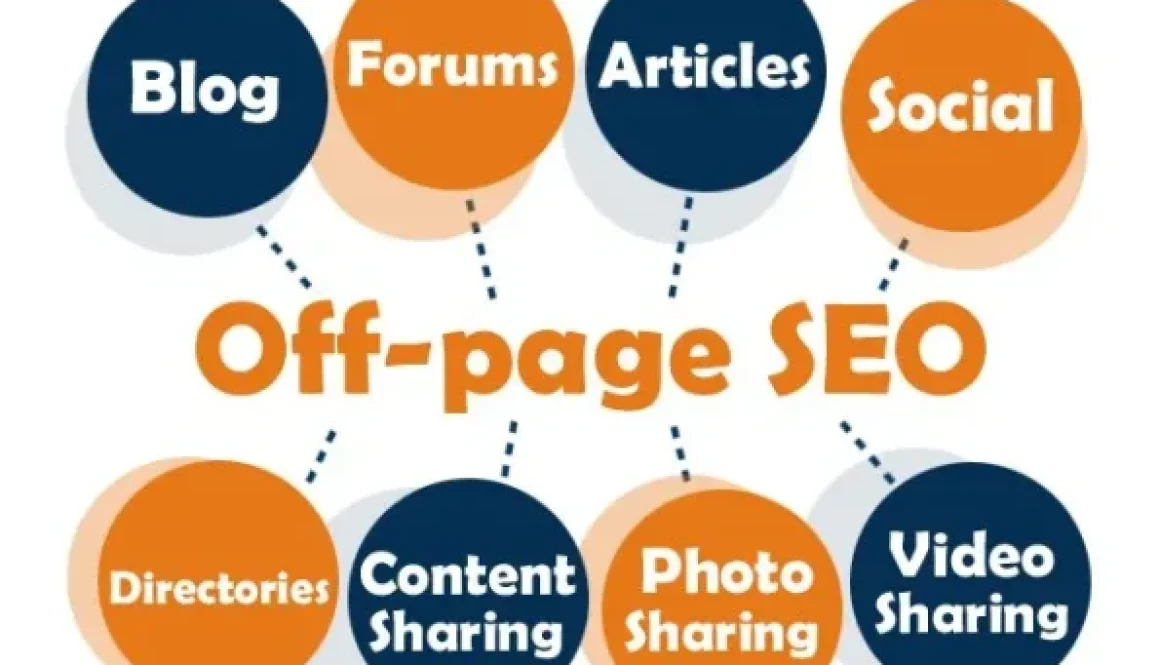On-Page Vs. Off-Page SEO: What’s The Difference And Why It Matters
If you’re dipping your toes into digital marketing, you’ve probably come across the terms “on-page SEO” and “off-page SEO.” These two strategies are like two sides of the same coin, working together to improve your website’s visibility in search engine results. But what exactly do they mean? And why are they crucial for successful search engine optimization?
Here, we’ll break it down so you can understand the difference between on-page and off-page SEO, their unique roles, and why balancing both is the key to search engine success.
What Is On-Page SEO?
On-page SEO refers to the strategies you use directly on your website to optimize it for search engines. Think of it as the foundation of your SEO efforts. Without a well-optimized website, it’s hard to rank well, no matter how much effort you put into external strategies.
Here are the core elements of on-page SEO you need to know about:
1. Keyword Research
Keywords are the backbone of on-page SEO. This involves identifying the phrases and terms your target audience uses to search for information, products, or services online. Once you’ve done your research, these keywords should naturally fit into your content, titles, and metadata.
2. Content Optimization
Search engines prioritize high-quality, valuable content. Optimizing your content means creating blog posts, articles, and landing pages that answer users’ questions, solve their problems, or provide useful insights. This includes naturally integrating keywords without overstuffing them, which can lead to penalties.
3. Title Tag Optimization
The title tag is the clickable headline of your page that appears in search engine results. It’s one of the first things users see, so it needs to grab attention while including your target keyword. For example, instead of a vague title like “Guide to SEO,” go for something more descriptive like “On-Page vs. Off-Page SEO Explained (Complete Guide).”
4. Meta Description Optimization
The meta description is the summary below the title tag in search results. A well-crafted meta description can boost your click-through rate. Aim to make it engaging, concise (150-160 characters), and packed with keywords to encourage users to click on your link.
5. Header Optimization
Headers (like H1, H2, and H3 tags) help structure your content, making it easy for both users and search engines to understand. For example, this article uses multiple headers to break down complex information. Including keywords in your headers reinforces the relevance of your content to search engines.
6. Image Optimization

Images not only make your content more engaging, but they also contribute to SEO when properly optimized. This involves adding descriptive file names, ALT text, and compressing images to reduce loading times.
7. Internal Linking
Internal links connect one page of your site to another. For example, you might link a blog post about “SEO basics” to a related post about “keyword research.” These links help search engines understand the structure of your website and guide users to other useful content.
8. Site Speed Optimization
A slow-loading website can frustrate users, leading to high bounce rates. Search engines consider site speed an important ranking factor, so make sure your website runs smoothly by compressing images, enabling caching, and using a reliable hosting provider.
What Is Off-Page SEO?
Off-page SEO focuses on actions outside your website to improve its authority, relevance, and ranking potential. It’s all about building your website’s reputation in the eyes of users and search engines.
Think of it as the digital equivalent of word-of-mouth marketing. If your website is being talked about (in a good way) across the internet, search engines are more likely to see it as trustworthy and valuable.
Here are some key components of off-page SEO:
1. Link Building
Link building is acquiring backlinks from other websites to your own. Quality matters more than quantity here. A few links from high-authority websites in your industry hold more weight than dozens of links from low-quality sites. For example, a link from a respected industry blog can signal that your site offers valuable content.
2. Social Media Marketing
Although social signals don’t directly influence search rankings, social media can amplify your content’s visibility. When your blog posts or pages are widely shared across platforms like Twitter, Facebook, or LinkedIn, it can drive traffic to your site and even result in high-quality backlinks.
3. Brand Mentions
Even when your website isn’t directly linked, brand mentions across the web can contribute to your online presence. These mentions signal to search engines that your brand is being talked about, which implies credibility and authority.
4. Online Reputation Management

Your online reputation can heavily influence user trust and search rankings. This involves managing customer reviews, responding to feedback, and ensuring accurate business information is listed on various directories like Google Business Profile, Yelp, and other platforms.
Why Both On-Page and Off-Page SEO Matter
It’s not a matter of choosing between on-page and off-page SEO; the two work hand in hand. On-page SEO ensures your website is technically sound, user-friendly, and full of valuable content. Without it, no amount of off-page SEO can help you rank. On the flip side, off-page SEO increases your website’s authority and brings in traffic and backlinks from external sources.
For instance, imagine you’ve created a thoroughly optimized blog post about “the best running shoes for beginners.” Your on-page SEO ensures the article is detailed, fast-loading, and visually appealing. But without off-page SEO—like getting a sports blogger to link to it or having it go viral on social media—that post might never reach its full potential.

